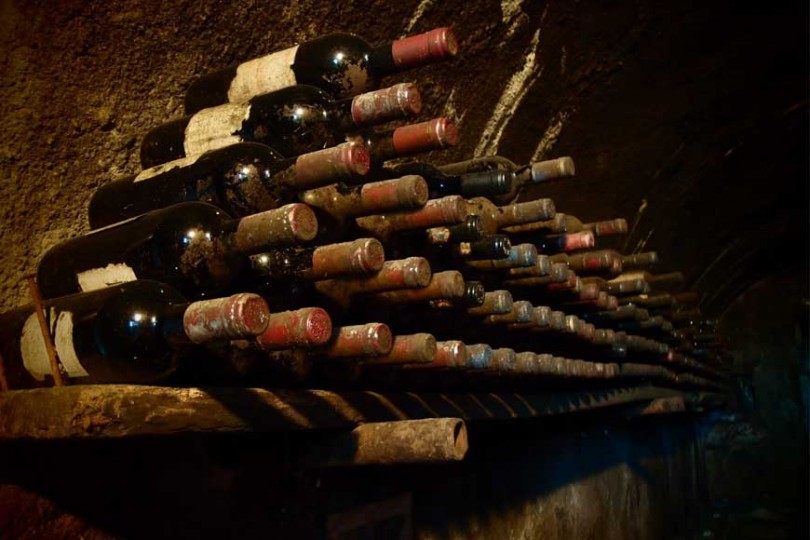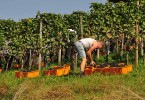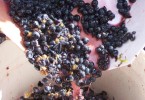The preservation of wine, the hardest and most fascinating phase
Once completed the phases of racking that clarified the wine, it is necessary a suitable period for the ageing, a slow process of chemical-physical transformation to complete the maturation of the precious drink that, in this way, find the harmony of all its elements.
The ageing can vary according to the quality of the wines and generally it takes place between November and December, just before the cold winter months. The low temperatures, in fact, play an important role for the preservation of the wine, as the stop the process of acetic fermentation and can affect the taste and moreover they impede the melting of the salt.
The best environment for the preservation of the wine
The best place for the preservation of the wine has to have some essential characteristics as guarantee of good results. The first element to keep in mind is the temperature that have to be always the same during the year. In fact the sudden variations of temperatures can jeopardize the preservation of the wine.
It can be subjected to sudden increasing or decreasing of volume starting, in this way, the process of oxidation.
The ideal temperatures are around the 10-14°C. The humidity covers an important role as well for the preservation of wine. It has to be around 70%.
The winery, then, should not be lightened by the light of the sun, as it speed up the ageing and together with the temperature and humidity, contributes to the precipitation of some specific substances. Other factors to avoid during the preservation of the wine are the smell coming from chemical products or food, but also the vibration of cars, electrical appliances and the traffic jam nearby. It is necessary, finally, a good ventilation inside the whole environment.
Wine containers
Usually, it is better to use wooden barrels (the most precious is the durmast of Slavonia). These containers have high costs and needs a high maintenance but they assure excellent results as the wood contributes actively with its aromas and natural ageing.
Wines preserved in barriques are really precious, small wooden barrels with the maximum capacity of 230 litres, roasted during the phase of monitoring that assures aromas and particular fragrances. The small dimensions of this containers guarantee a great oxygenation of the wine that gain, in this way, a unique bouquet, a particular softness and an intense colour.
Aged wines of this particular barrels are more expensive than the others, as the barriques can’t be reused so much times. Moreover they require numerous works in the wineries.
During the phase of the ageing, particular fragrances like coconut, vanilla, tobacco and caramel that enrich the aromas of the final product making it particularly tasty.
Other suitable containers are made of stainless steel or reinforced concrete. These containers don’t need too much care in the maintenance and are cheaper.
Today there are new practices, authorized by the European Community but still forbidden by the Italian DOCG that allow to use chips for the wines preserved in stainless or reinforced concrete. They are small pieces of roasted durmast aimed to give to the wine new and perfumed substances.







